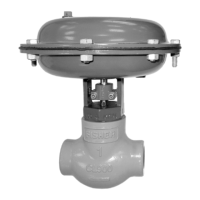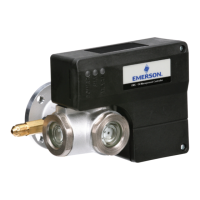Technical Guide
DAN-LIQ-TG-44-rev0813
November 2013
An input force of 10 pounds on
a one aquare inch piston ...
The forces are proportional to the piston area.
INPUT
This pressure will support a
100 pound weight if this is a
10 square inch piston.
... develops a pressure of 10 pounds
per square inch (psi) throughout the container.
10 pounds here ...
If this lever is 10 times as long as ...
will balance 100 pounds here.
... this arm.
10 lbs.
100 lbs.
1 sq. in.
10 lbs.
10 sq. in.
100 lbs.
OUTPUT
10 lbs.
1 sq. in.
=
100 lbs.
10 sq. in.
4
Figure 1-2 shows how Bramah applied Pascal’s principle to the hydraulic press. The applied force is the same as on the stopper
in Figure 1-1, and the small piston has the same one square inch area. The larger piston, has an area of 10 square inches. The
large piston is pushed on with 10 pounds of force per square inch, so that it can support a total weight or force of 100 pounds.
It can easily be seen that the forces or weights which will balance with this apparatus are proportionate to the piston areas.
Thus, if the output piston area is 200 square inches, the output force will be 2000 pounds, (assuming the same 10 pounds of
push on each square inch). This is the operating principle of the hydraulic jack, as well as the hydraulic press.
It is interesting to note the similarity between this simple press and a mechanical lever (Figure 1-2). As Pascal had previously
stated, force is to force, as distance is to distance.
HYDRAULIC LEVERAGE
Figure 1-2

